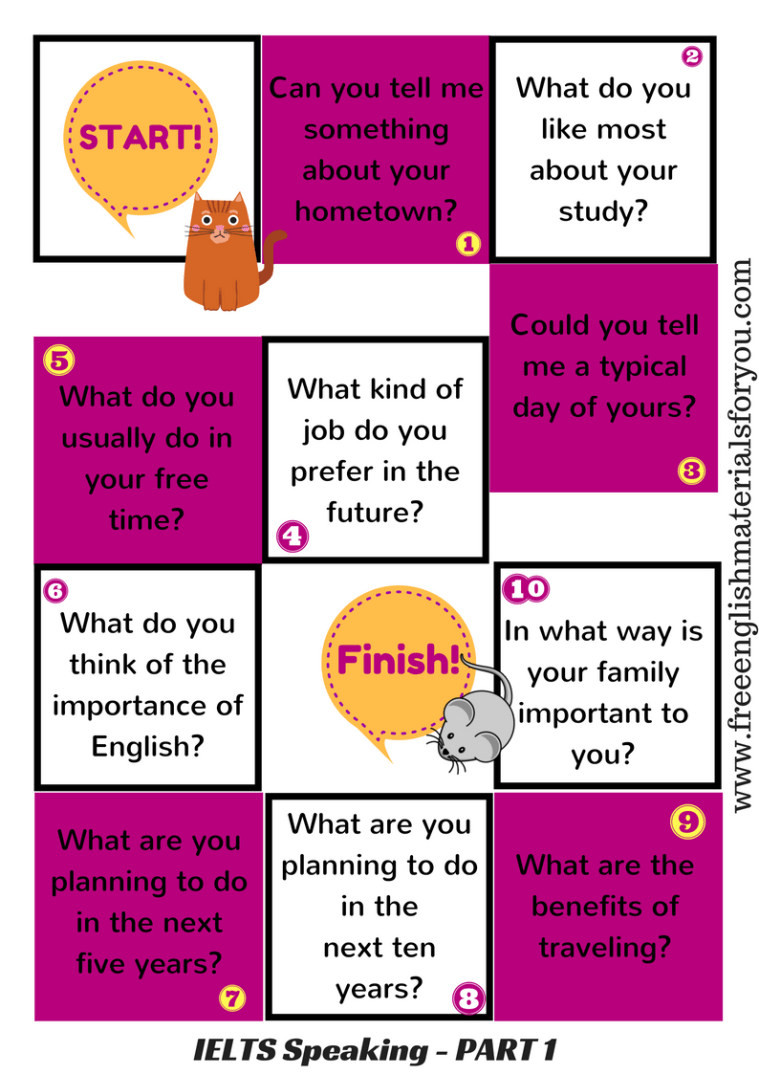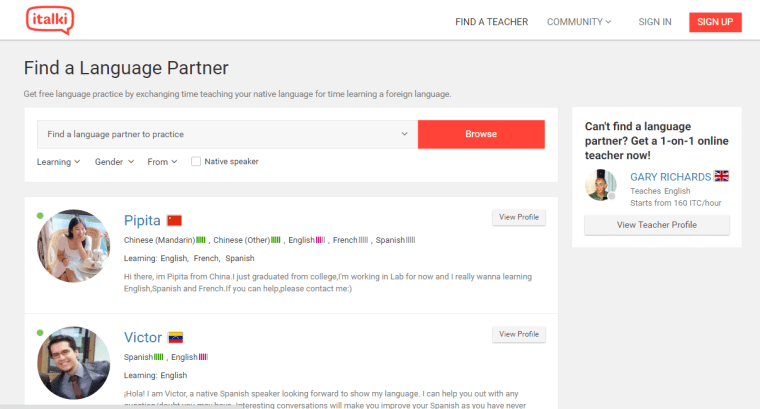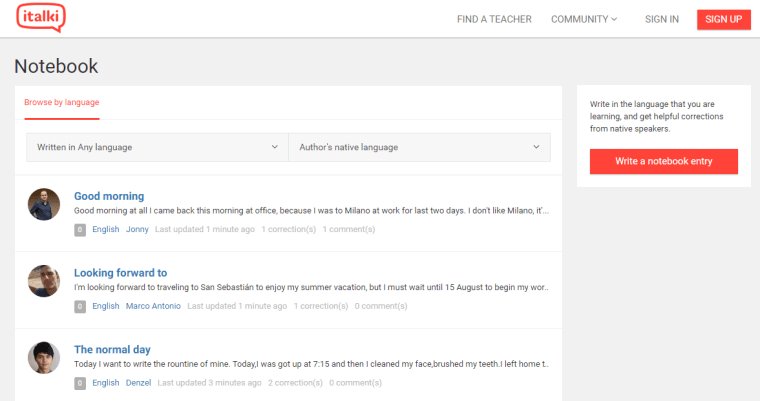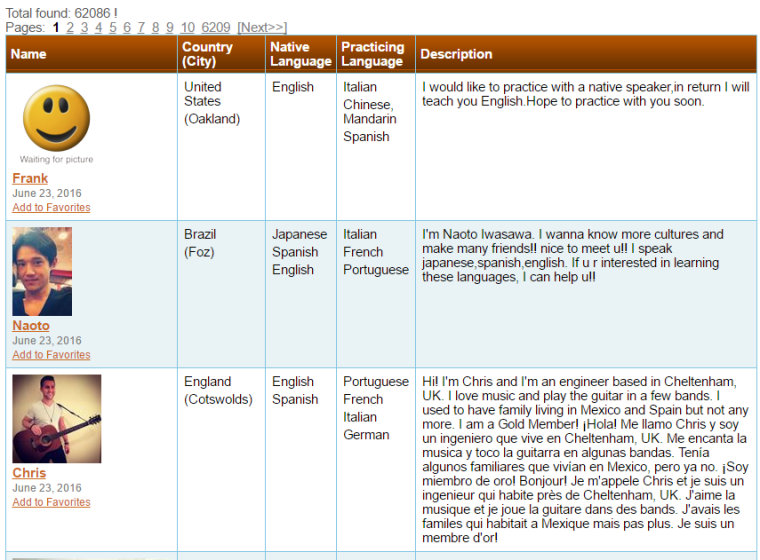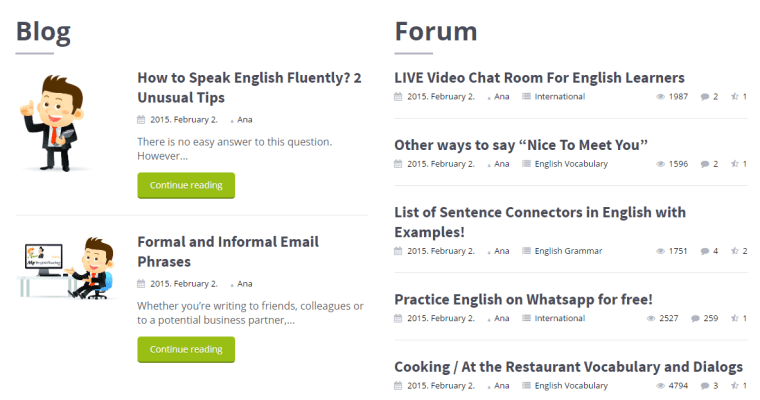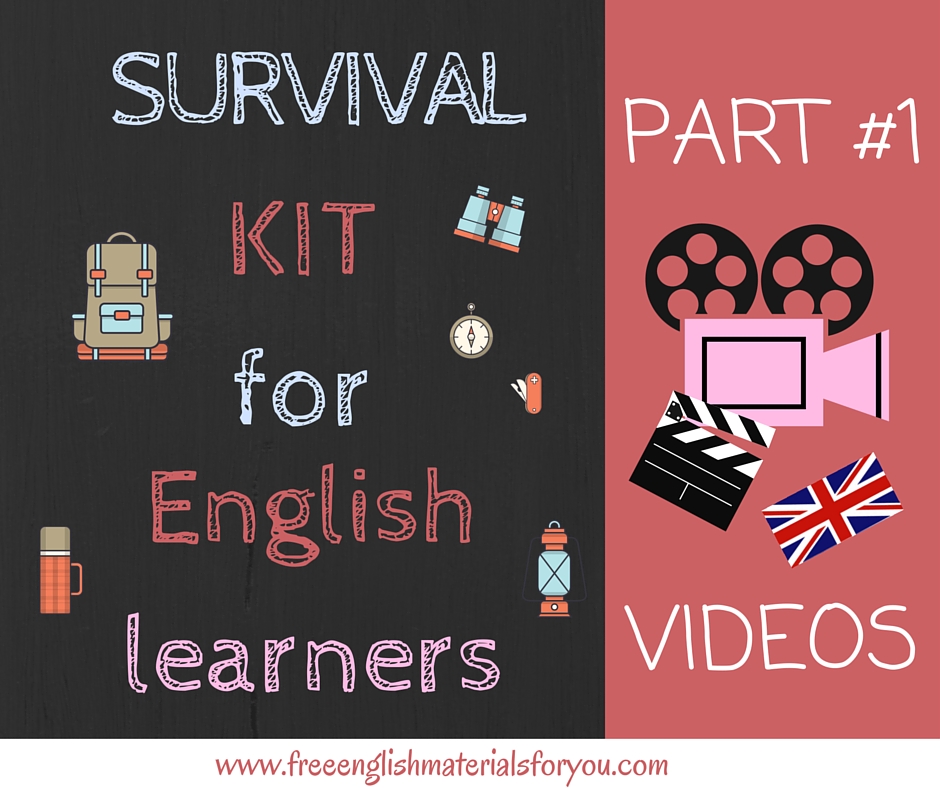Throughout recent years technology and the internet have played a major influence in our everyday lives. Social media networks, such as Facebook and Instagram, have allowed minimal communication to be delivered in the most figurative way (e.g. “like” or a “heart). People are now used to having access to nearly everything in the palm of their hands, anywhere at any time. This creates an enormous pressure for other industries, such as of education, to catch up with today’s society demand.
E-learning is the perfect example of how offline education is losing the terrain. People want quicker and faster results, especially when it comes to developing new skills. For many, e-learning has liberated the educational processes. Studying has become more affordable, fun and accessible to everyone. Honored university institutions, such as YALE and LSE, are more accessible, rather than paying for the whole degree people are now allowed to choose the course they want to study and the time they want to spend on it.
3 Types of E-Learning Tools
There are three main types of e-learning tools, which are as the following:
- Apps
Learning with the help of apps turns the educational process into a game. Video and interactive activities boost hand-eye coordination and enhance IQ and brain power. Often the games offer trophies points, badges and leader points that drive learners to reach certain levels like key lessons or topics.
- Websites
The data collected via Content Management Systems (CMSs) or either Learning Management Systems (LMSs) help learners to interact with different learning programs. Such systems are the centralized sources of learning with tracking and reporting features that allow tracking the scores.
- Wearables
The less widespread but most futuristic tool to learn. The learners interact with the subject in a dynamic way, the 3D and real-time simulation helps immerse the subject in an incredible experience.
Education
All the upcoming changes in e-learning would be based on the listed tools. With all current trends and the development of these technologies, we can assume that there eventually will be a world where everyone will have access to education and learning would feel more like a game. What definitely would not change in the next few decades is the approach of learning. If we stay realistic, learning will still involve the emotional aspect in the process: absorbing information, dealing with it, experiencing it and then reproducing it. Thus, the teachers, professors, and principals should not worry about their jobs, eLearning is not going to replace them, at least yet. However, the role of the teacher could expect some changes. Instead of being the transmitter of knowledge, the teacher may become a facilitator and motivator. He still would create the content, organize the flow and make sure that students are staying on-track but probably will be less involved in the learning process. All these processes would make eLearning only more exciting, easy and accessible.
Although e-learning is constantly striving to feed our needs, not everyone knows how to manage technology accordingly. As a result, most people who have neither access nor the necessary skills to use e-learning tools are set to be in a disadvantaged position. These results should focus on tools that are easily manageable or on tools that are unique to the e-learning experience. That is why it is important to make sure that e-learning does not become a classist system, but a method of integration that is beneficial to everyone.
This article was written by Lingoda experts
What is your opinion on this topic? Share it with us!
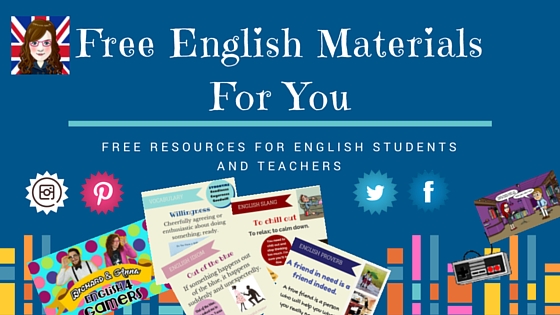



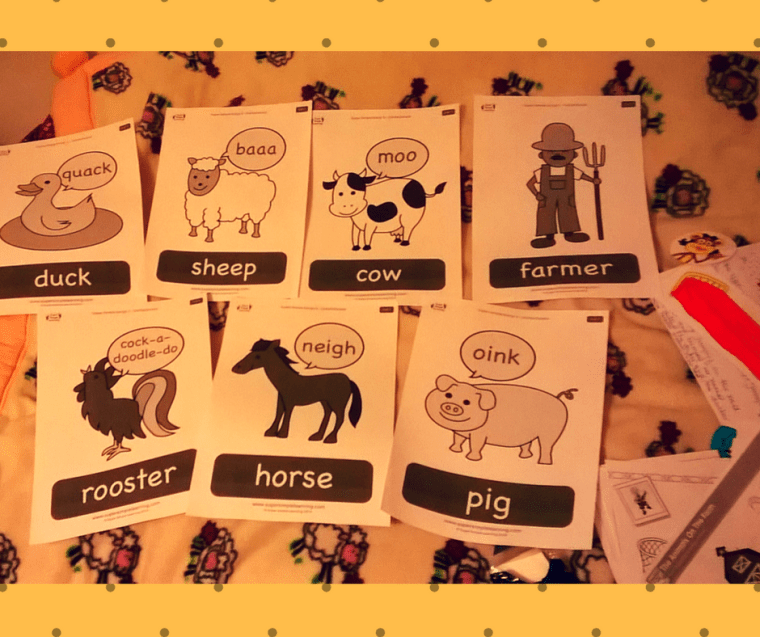





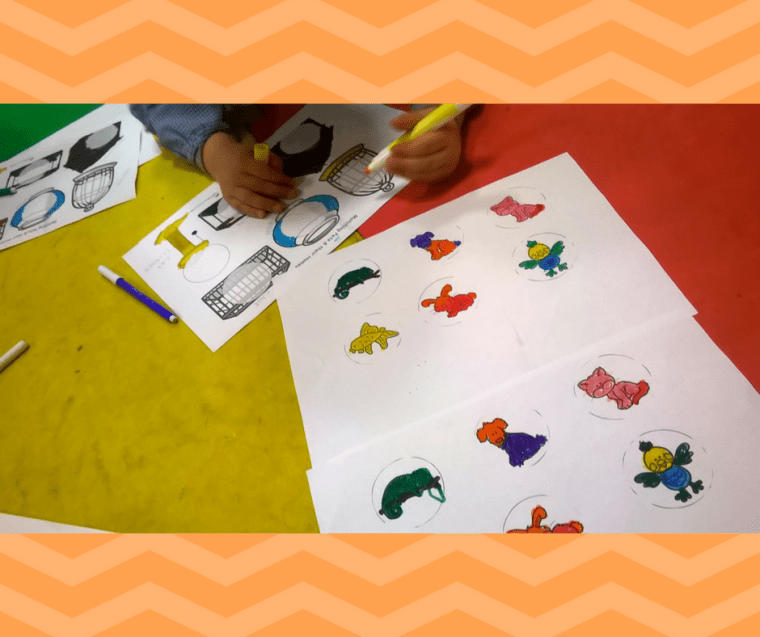
 Vocabulary Apps:
Vocabulary Apps: Memrise – There are many English courses available for students. Memrise has students associate words or images with vocabulary to help students remember vocabulary.
Memrise – There are many English courses available for students. Memrise has students associate words or images with vocabulary to help students remember vocabulary.  Philip Haines is originally from London, England but lives in Mexico City, where he has been working as a teacher and teacher trainer since moving there in 1995. He is an author/co-author on several ELT series published in Mexico, in the primary, secondary and adult segments. Philip works as the Senior Academic Consultant for Oxford University Press Mexico.
Philip Haines is originally from London, England but lives in Mexico City, where he has been working as a teacher and teacher trainer since moving there in 1995. He is an author/co-author on several ELT series published in Mexico, in the primary, secondary and adult segments. Philip works as the Senior Academic Consultant for Oxford University Press Mexico.